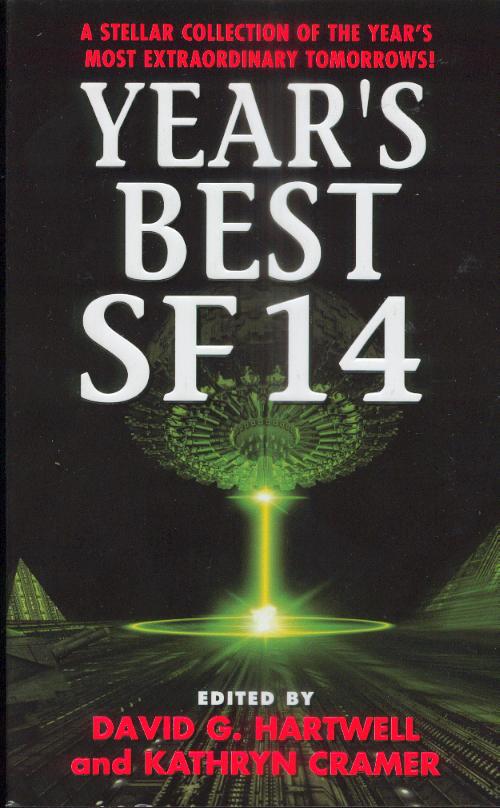Just out of curiosity, does anyone know if Jim Thompson or Hemingway ever wrote anything that might qualify as fantasy, horror, or sf?
Looked up Thompson's The Killer Inside Me on Amazon, great quote by Stanley Kubrick on the cover. Too bad he never filmed it. Could have been a classic.
Can't speak to Thompson, but of those American writers in Hemingway's generation and the generation that came right after. the ones with literary aspirations largely broke from the traditions of previous American writers like Hawthorne, Henry James and Edith Wharton, eschewing Romances (in the literary sense, non-realistic fiction), which is to say they wrote little fantasy, s.f. or horror. There were exceptions, of course: Fitzgerald wrote "The Curious Case of Benjamin Button" and I've heard that one or two other stories by him could be called fantasy, Steinbeck wrote at least one Poe pastiche (can't recall the title) and a couple of crime stories, and John Cheever's short fiction includes a kind of vampire story and "The Enormous Radio" which honestly would have been at home in Unknown. Then, of course, Shirley Jackson came along. (Brit writers of that time period were less restrained by reality; Elizabeth Bowen, for instance.) Hemingway did try his hand at a hard-boiled crime novel, To Have and to Have Not, which has some entertainment value but seems half-hearted and the author even a bit embarrassed by the material.
Tangentially, The Killer Inside Me has been filmed twice that I know of. The first time with Stacy Keach, which sounds like good casting, and has good word of mouth. The second film I've seen: Carrying the novel's title, it's directed by Michael Winterbottom and stars Casey Affleck, Kate Hudson, Jessica Alba, and includes Bill Pullman, Simon Baker and Elias Koteas in the cast. I saw it quite a few years after reading the novel, if it isn't exactly true to the events in the novel (can't say) it certainly captures the tone and feel. I'd recommend it.
Randy M.




